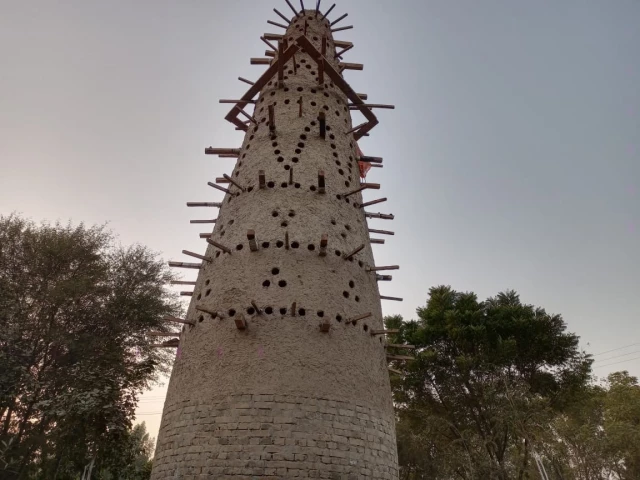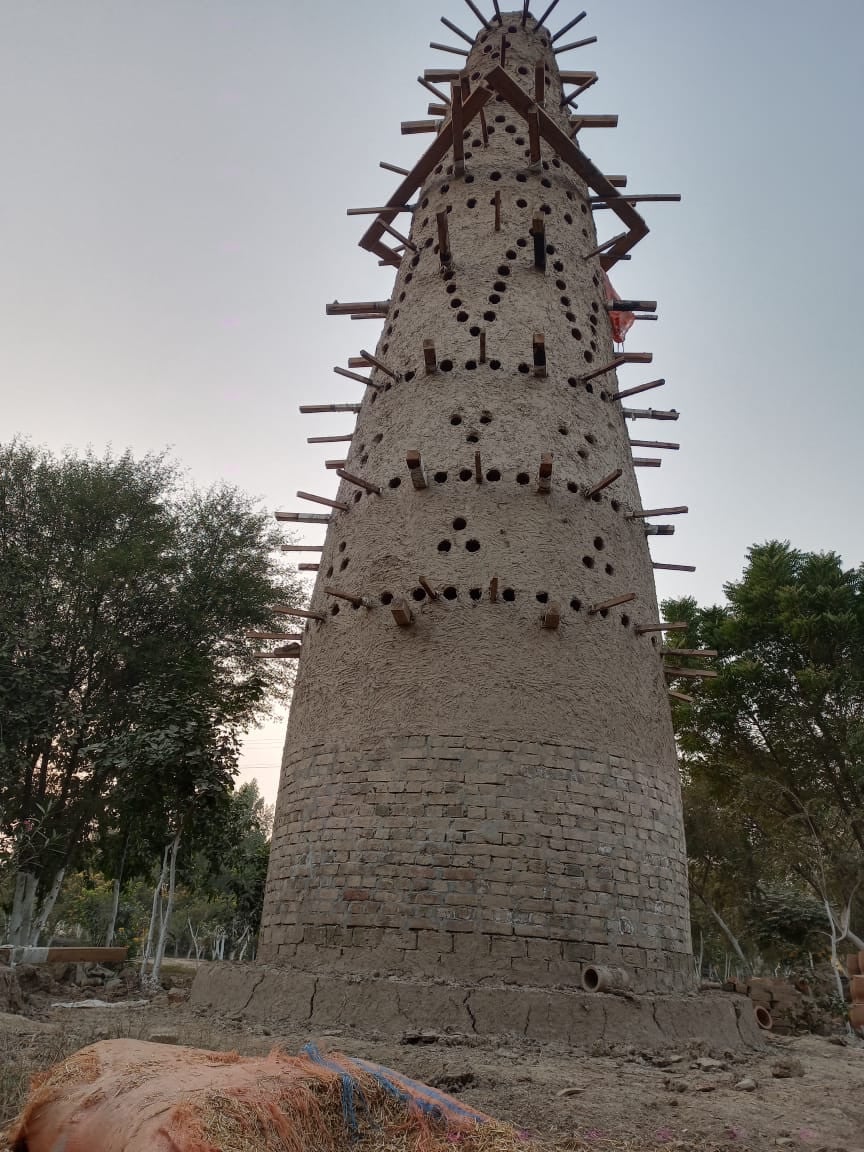Dera Ismail Khan’s first bird tower gives urban birds a new home
Structure inspired by Iranian pigeon houses aims to support local bird population

In a first-of-its-kind initiative for Dera Ismail Khan, the city’s Forest Department has constructed a bird tower in its urban forest near Qureshi Mor, located in the heart of the city. The structure, designed to provide local birds with shelter and nesting spaces, has been built using traditional methods involving mud and wood, highlighting the blend of heritage techniques and modern conservation efforts.
MNA Faisal Amin Gandapur, the driving force behind the project, revealed that the idea was inspired by the historic pigeon towers of Iran. These towers, built during the Safavid era, were originally designed to collect pigeon droppings, which served as a natural fertilizer for watermelons and other crops. Gandapur emphasized that if this pilot tower proves successful, two additional towers may be established in Dera Ismail Khan and in other cities across the province, providing urban birds with safe habitats as the number of trees in cities continues to decline.
Given the tower's recent completion, birds have not started nesting within it yet. Due to its location, the tower is expected to attract birds from Balochistan, Punjab, and Waziristan. With time, Avifauna will become aware of the tower’s presence and begin to populate it.
Read: Urbanisation is a 'bird-en' that Karachi can not sustain much longer
District Forest Officer Aminul Islam confirmed that the new tower rises to a height of 32 feet and is intended to host local birds, including sparrows, parrots, pigeons, and doves. To encourage birds to settle, the department plans to feed them millet and other suitable grains.
The concept of such bird towers has a long and fascinating history in Iran, where they are referred to as “pigeon houses”. While the exact origins are uncertain, records indicate these structures have been in existence for at least 800 years. The famous Moroccan traveler Ibn Battuta was among the first to mention them, while historical accounts suggest that Tamerlane commissioned pigeon houses in his capital, Bukhara. Later, during the 16th century, the French traveler Jean-Baptiste Tavernier, known as Sharden, documented various pigeon houses in cities such as Isfahan and Yazd. Isfahan, in particular, retains a rich legacy of pigeon towers, most of which date back to the 17th century.
The Dera Ismail Khan project represents a fusion of ecological awareness and cultural inspiration, offering a practical solution to support avian life within urban environments. By providing secure nesting sites, the initiative seeks not only to enhance the local ecosystem but also to raise public awareness about wildlife conservation in city settings.



















COMMENTS
Comments are moderated and generally will be posted if they are on-topic and not abusive.
For more information, please see our Comments FAQ